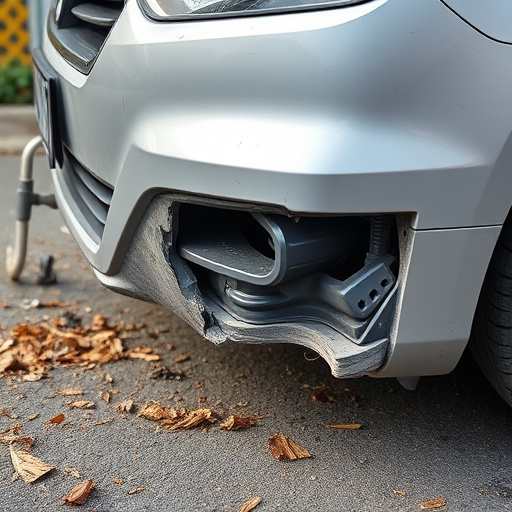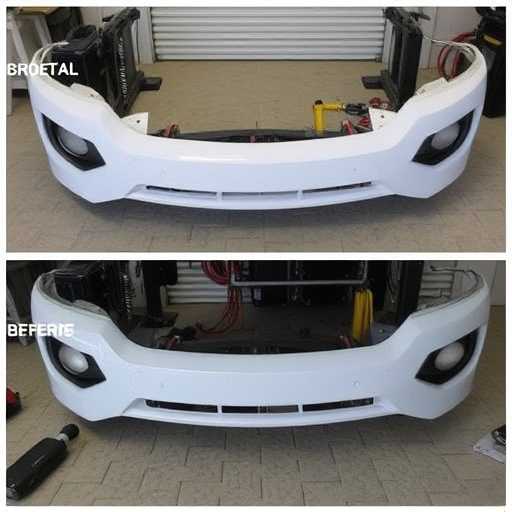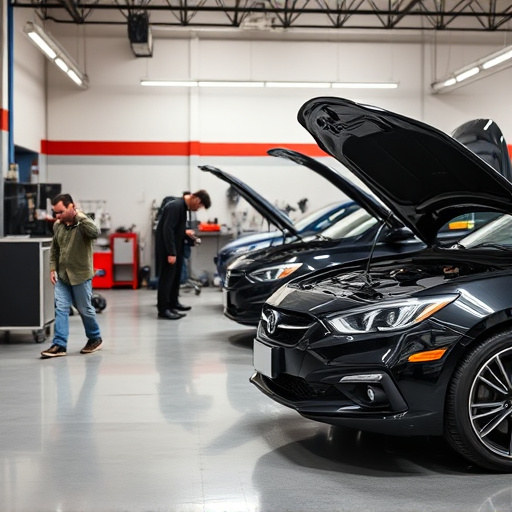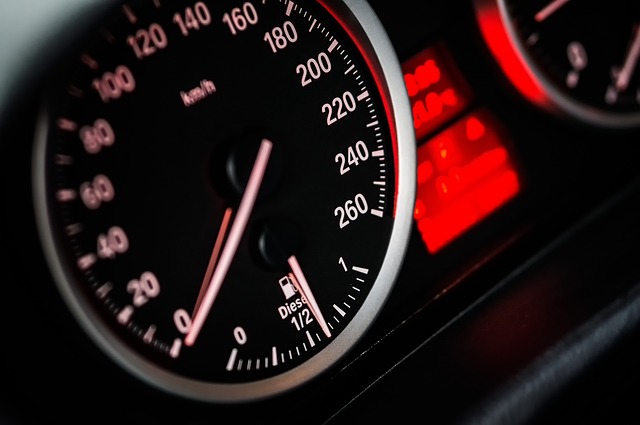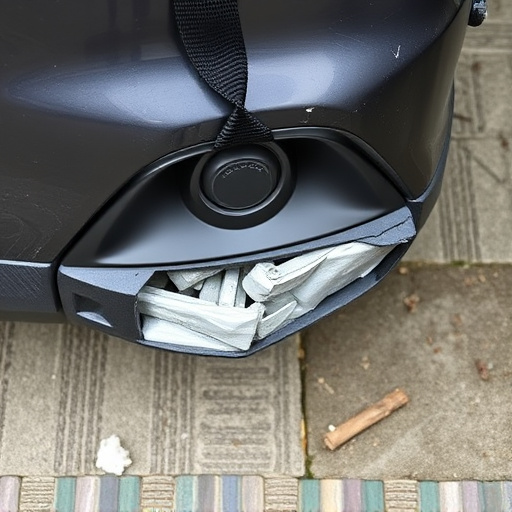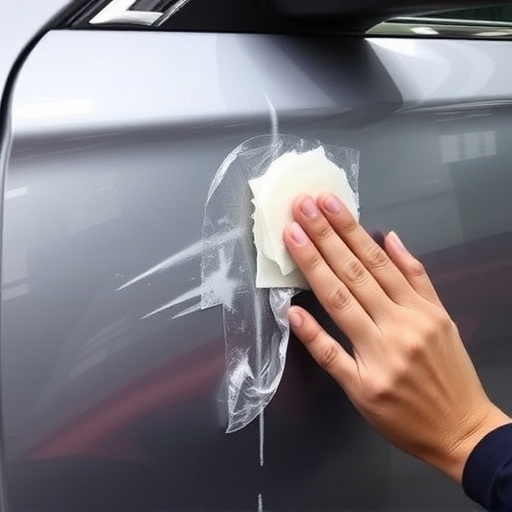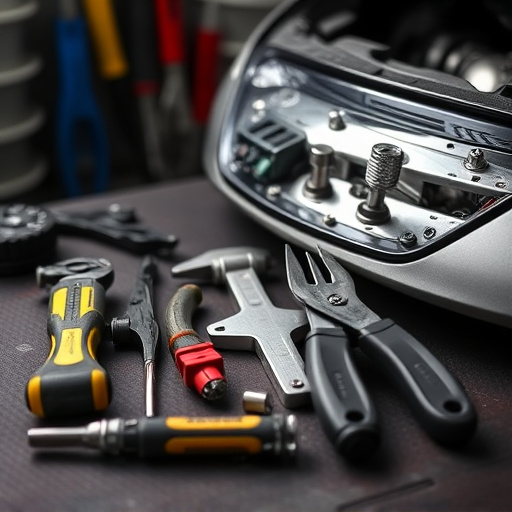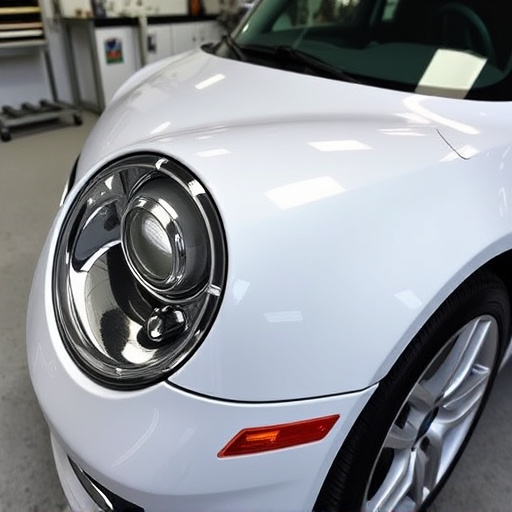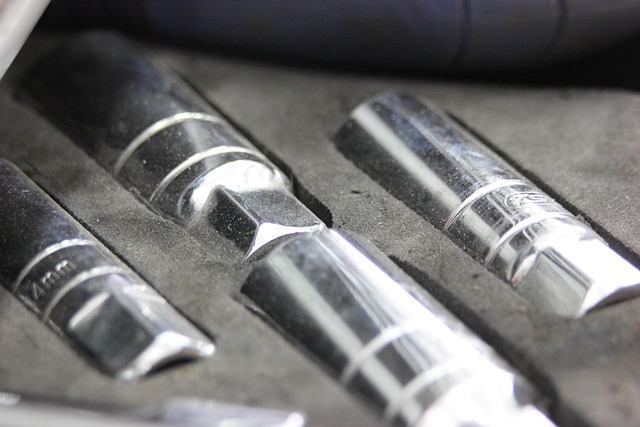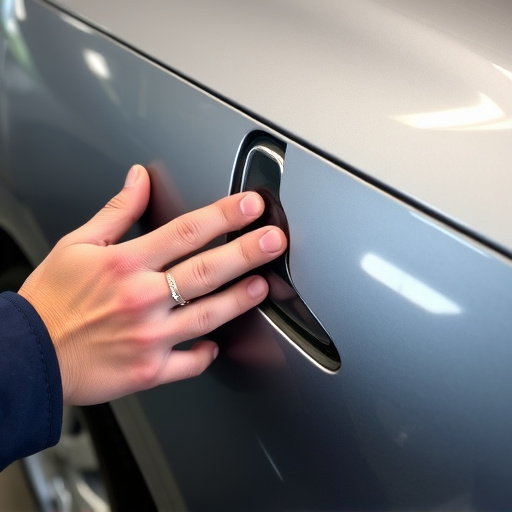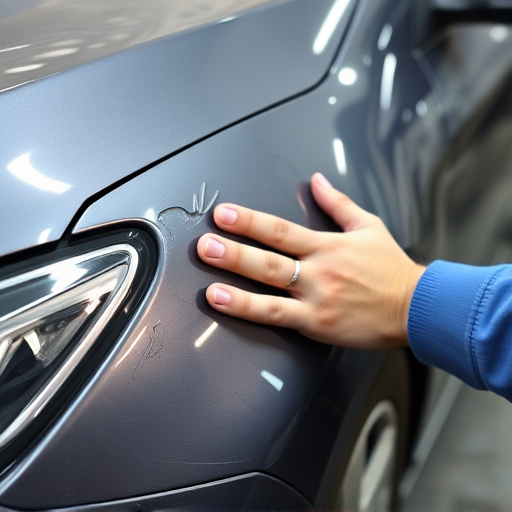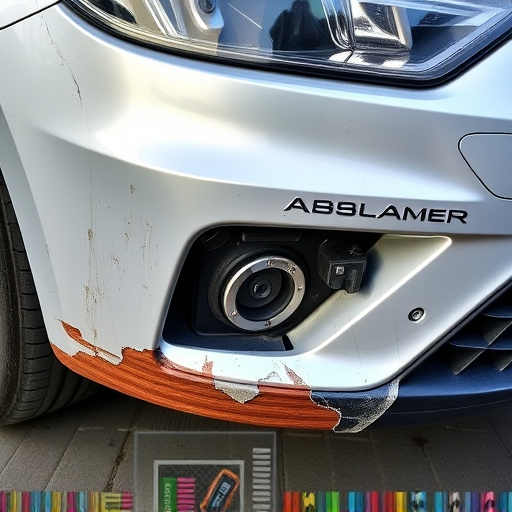Mercedes Active Ambient Lighting (MAAL) is an innovative technology that transforms a car's interior with customizable lighting scenes, designed to enhance comfort and safety. Integrating seamlessly with the infotainment system, drivers can adjust lights for personal preference or driving conditions, reducing fatigue and eye strain. Beyond aesthetics, this feature complements auto repair processes like glass and fender repairs by improving driver alertness and focus, potentially reducing accident rates and associated repair costs. While MAAL shows promise in enhancing safety, further research is needed to quantify its direct impact on safety statistics. Auto body shops can expect increased demand for repairs related to both internal lighting systems and external damage caused by accidents.
Mercedes Active Ambient Lighting is a cutting-edge feature designed to transform the driver’s experience. This innovative technology goes beyond aesthetics, claiming to enhance safety through strategic illumination. This article delves into the intricacies of this system, exploring its features and functionality, while examining how lighting impacts vehicle safety. We question whether Mercedes Active Ambient Lighting truly lives up to its safety promises, providing insights that could change your perception of in-cabin technology.
- Understanding Mercedes Active Ambient Lighting: Features and Functionality
- The Role of Lighting in Vehicle Safety: Beyond Visibility
- Exploring the Impact: Does It Really Enhance Safety?
Understanding Mercedes Active Ambient Lighting: Features and Functionality
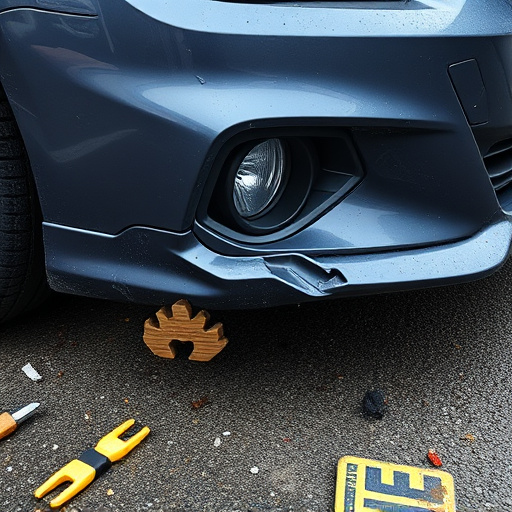
Mercedes Active Ambient Lighting is a cutting-edge technology that transforms the interior atmosphere of your vehicle. This innovative system goes beyond simple illumination by offering customizable lighting scenes tailored to enhance driver comfort and safety. By seamlessly integrating with the car’s infotainment system, it allows drivers to adjust lighting colors and intensities to suit their preferences or driving conditions. For instance, warmer tones can create a cozy ambiance during long drives, while cooler hues might improve focus during nighttime journeys.
Beyond its aesthetic appeal, Mercedes Active Ambient Lighting plays a role in safety through subtle yet significant means. The customizable lighting can help reduce driver fatigue by offering relaxing interior spaces that promote comfort and alertness. Moreover, it complements other vehicle systems, such as auto glass repair and fender repair, by ensuring optimal visibility and minimizing eye strain during all types of driving conditions, ultimately contributing to a safer overall experience, especially during vehicle restoration processes.
The Role of Lighting in Vehicle Safety: Beyond Visibility
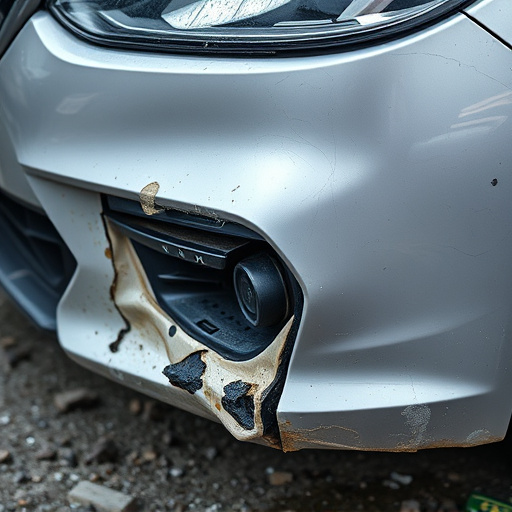
The role of lighting extends far beyond mere visibility when it comes to vehicle safety. While ensuring drivers can see the road and surrounding obstacles clearly is paramount, modern automotive design is increasingly recognizing the psychological and physiological effects of lighting on drivers’ alertness and reaction times. Mercedes Active Ambient Lighting, for instance, isn’t just about creating an aesthetically pleasing atmosphere in the cabin; it actively contributes to a safer driving experience. By strategically illuminating specific areas within the vehicle, this technology can help reduce driver fatigue, improve focus, and enhance overall awareness.
Beyond enhancing visibility, proper lighting can also deter distractions. Modern vehicles are filled with advanced infotainment systems and other electronic devices that demand drivers’ attention. Well-designed ambient lighting can subtly guide drivers’ eyes to essential controls or notifications, keeping their gaze on the road without distracting them from driving tasks. This is especially relevant in an era where accidents related to driver distraction are on the rise. Considering the potential for reduced car damage repair and auto glass replacement, as well as the costs associated with visits to automotive body shops due to such incidents, any technology that can mitigate these risks is a valuable addition to vehicle safety features.
Exploring the Impact: Does It Really Enhance Safety?
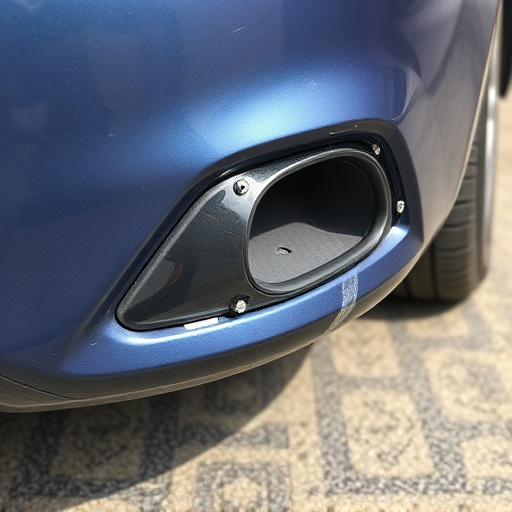
The introduction of Mercedes Active Ambient Lighting (MAAL) has sparked curiosity among safety enthusiasts and car owners alike. This innovative technology promises to transform driving experiences by offering a dynamic lighting system inside and outside the vehicle. But does it truly enhance safety? Exploring this impact is crucial as auto body shops and fender repair centers often deal with the aftermath of accidents, and any advancement in preventive measures could significantly reduce these incidents.
MAAL’s ability to adapt to various driving conditions and create a well-lit environment could potentially improve visibility, especially during nighttime drives or in low-light scenarios. This enhanced visibility might help drivers detect potential hazards more quickly, reducing the risk of vehicle collisions. However, while these advantages are compelling, further research is needed to quantify the direct impact on safety statistics. Until then, auto body shops and fender repair specialists can anticipate a growing demand for repairs related to both internal lighting systems and external damage caused by accidents, underscoring the ongoing need for advanced safety features.
Mercedes Active Ambient Lighting, with its innovative approach to vehicle interior illumination, offers more than just aesthetic appeal. By integrating LED technology and customizable color options, it creates an enhanced driving environment. While improving visibility is a key aspect of vehicle safety, the mood lighting feature goes beyond basic functionality. It can contribute to driver comfort and focus, potentially reducing distractions and improving overall safety by creating a calm and controlled atmosphere. However, further research and real-world studies are needed to conclusively prove its direct impact on accident prevention.

